Dentists agree that maintaining excellent oral health requires bicuspid teeth. Between our canines and molars, these teeth, also known as premolars, perform crucial functions, including crushing and chewing food. What more do we need to know about these often ignored teeth, though? Dr. Chirag Chamria, a renowned dental specialist, provides critical information on the role of bicuspid teeth in maintaining optimum oral health. Dr. Chamria has years of expertise in the field and a wealth of information and abilities to offer. In this piece, we’ll talk about the importance of bicuspid teeth and how they contribute to general dental health.
Structure and Function of Bicuspid Teeth
Premolars, commonly referred to as bicuspid teeth, are a crucial component of the human dental structure. In both the upper and lower dental arches, these teeth are located between the anterior (front) incisors and the posterior (back) molars. They are essential for the mouth’s general operation, including food chewing and grinding as well as maintaining the teeth correct alignment. Here is a description of the makeup and use of bicuspid teeth:
Structure of Bicuspid Teeth
Portions visible of a bicuspid tooth extending above the gum line is called the crown. It features a chewing surface that is normally flat and designed for ripping and crushing food.The chewing surface of bicuspid teeth normally has two cusps or pointed peaks. These cusps facilitate effective food tearing and grinding. Individuals might have different cusp counts and shapes. The one or two roots that bind bicuspid teeth to the jawbone are often present. Premolars may have one, two, or even three roots, depending on the species. The stability of the tooth is influenced by the size and form of the roots.
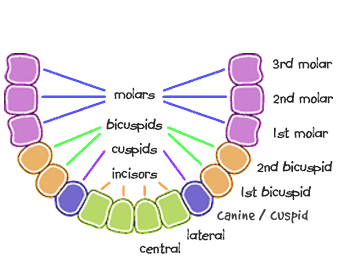
Bicuspids have enamel, which is a strong, protective coating that covers all teeth. The toughest component in the human body, enamel, offers resistance to damage from chewing since it is so hard. The dentin, a thick tissue that makes up the bulk of the tooth’s structure, is located underneath the enamel. Although less durable than enamel, dentin is nonetheless extremely strong. Dental pulp is located in the pulp chamber, which is located in the middle of the tooth. Blood veins, nerves, and connective tissues make up the tooth pulp. It is essential for feeding and caring for the tooth.
Function of Bicuspid Teeth
Bicuspid teeth are made to aid in the chewing, ripping, and crushing of food. Their cusps and flat chewing surface facilitate effective mastication, which breaks down food into more digestible, manageable bits. The existence of bicuspid teeth, along with other tooth kinds, affects speaking by giving the tongue and lips sites of contact. The location of the teeth during articulation is often crucial for producing proper speech sounds.

Bicuspids help keep the other teeth in the mouth in the right alignment and position. They aid in proper mastication and guard against problems like malocclusion (teeth that are not aligned), which they make sure won’t happen when you bite down.
Common Dental Issues Related to Bicuspid Teeth
Similar to other tooth forms, bicuspids are susceptible to a number of dental problems and disorders. The bicuspid teeth’s form, function, and general health may all be impacted by these problems, as well as the oral tissues around them. Bicuspid teeth-related dental problems include some of the following:
Cavities (Dental Caries): Bicuspid teeth are more prone to cavities than other teeth, particularly on their chewing surfaces and in the fissures (grooves) between the cusps. Plaque, a bacterial film that sticks to the teeth, may build up and generate acid that erodes the enamel and causes cavities.
Gum Disease (Periodontal Disease): Gum disease can affect the supporting tissues around bicuspid, including the gums and the bone. When left untreated, gum disease can lead to gum recession, tooth mobility, and even tooth loss.
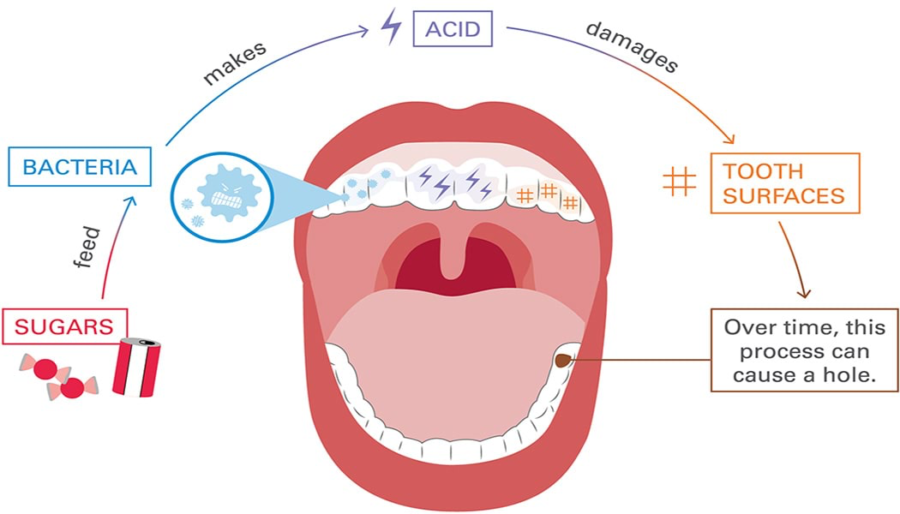
Tooth Sensitivity: Bicuspid teeth may become sensitive to hot or cold temperatures, sweet foods, or pressure due to exposed dentin, which can occur if the enamel is worn down or if the gums recede.
Cracks and Fractures: Bicuspid tooth can develop cracks or fractures due to trauma, biting on hard objects, or grinding teeth (bruxism). These cracks may lead to pain and sensitivity.
Erosion: Acidic foods and drinks, as well as acid reflux, can erode the enamel of bicuspid teeth over time, making them more vulnerable to cavities and sensitivity.
Orthodontic Issues: Bicuspid teeth play a role in orthodontic treatment. Problems such as crowding, spacing, or misalignment of bicuspid teeth can affect the overall bite and may require orthodontic correction.
Importance of Oral Hygiene for Bicuspid Teeth
Our bicuspid teeth need to be kept in good dental health in order to function properly. Plaque removal and tooth decay prevention need regular brushing and flossing. It is advised to use fluoride toothpaste and a soft-bristled toothbrush to clean your teeth at least twice a day. For the purpose of cleaning the areas between your teeth and along the gum line, flossing needs to be done at least once every day.
Along with regular brushing and flossing, it’s essential to see the dentist periodically for expert cleanings and examinations. Any dental problems may be identified by your dentist early on, and the proper treatment can be given. Additionally, they may advise on good oral hygiene practices and suggest any required preventative measures, such as fluoride treatments or dental sealants.
Tips to Maintain a Healthy Bicuspid Tooth
Regular dental exams: Make an appointment with your dentist for regular dental exams. These checkups may aid in identifying and addressing any oral abnormalities early on before they worsen.
Cleanings by professionals: Professional dental cleanings are to be done at least twice a year. Dental hygienists can eliminate plaque and tartar buildup that regular brushing and flossing can miss.
Brush Properly: Use a soft-bristled toothbrush and fluoride toothpaste to properly clean your teeth. Brush your bicuspid teeth at least twice daily, ideally in the morning and just before night, as well as all of your other teeth. Clean all of the surfaces of your teeth thoroughly while using gentle, circular strokes.
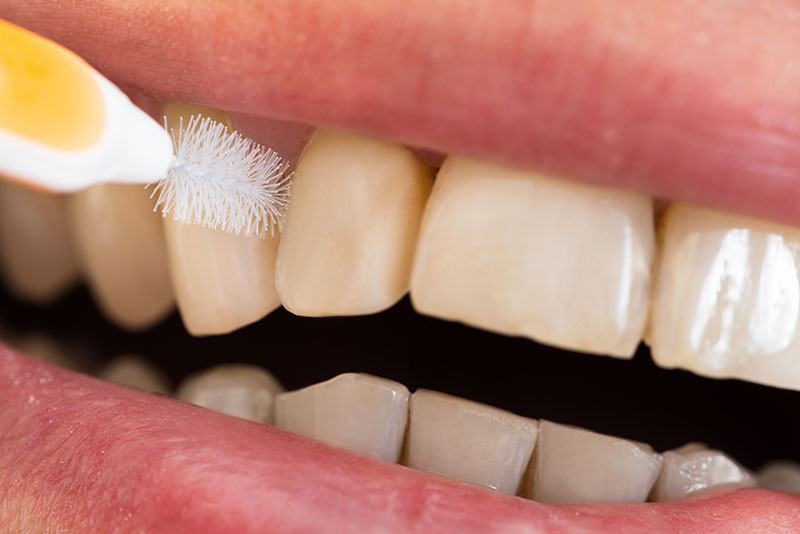
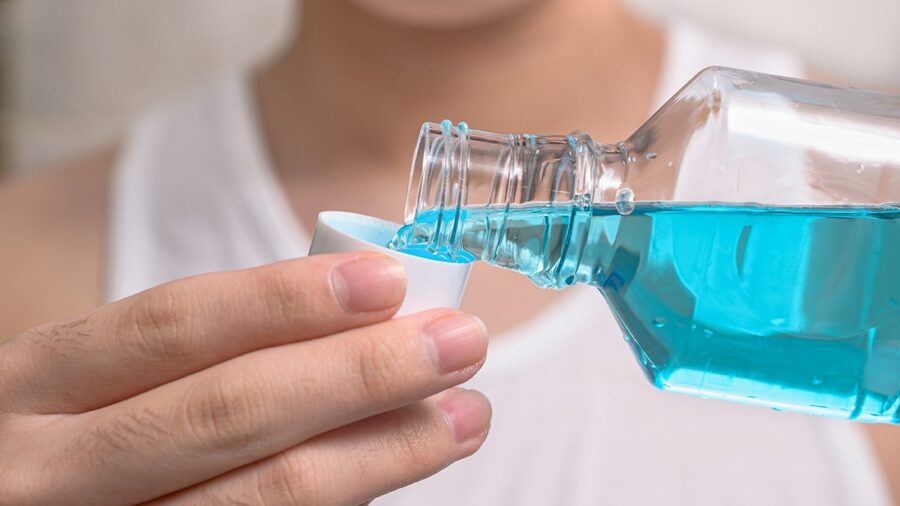
Floss Regularly: It can help you eliminate food debris and plaque from spaces that your toothbrush may not be able to reach, including the spaces between your bicuspid teeth and the rest of your teeth.
Mouthwash: As part of your regular oral hygiene regimen, think about using an antibacterial or fluoride mouthwash. This may lessen bacterial growth and fortify tooth enamel.
Role of Bicuspid Teeth in Chewing and Digestion
The chewing and digestive processes depend heavily on the function of the bicuspid teeth. Together with other teeth, our bicuspid tooth assist in breaking down food when we consume it so that it is simpler to swallow and digest.
Bicuspid teeth have a flat chewing surface with cusps, which facilitates effective food crushing and grinding. Bicuspids’ early digestion of food makes it easier for the stomach and intestines’ digestive enzymes to accomplish their jobs, which improves the body’s ability to absorb nutrients.
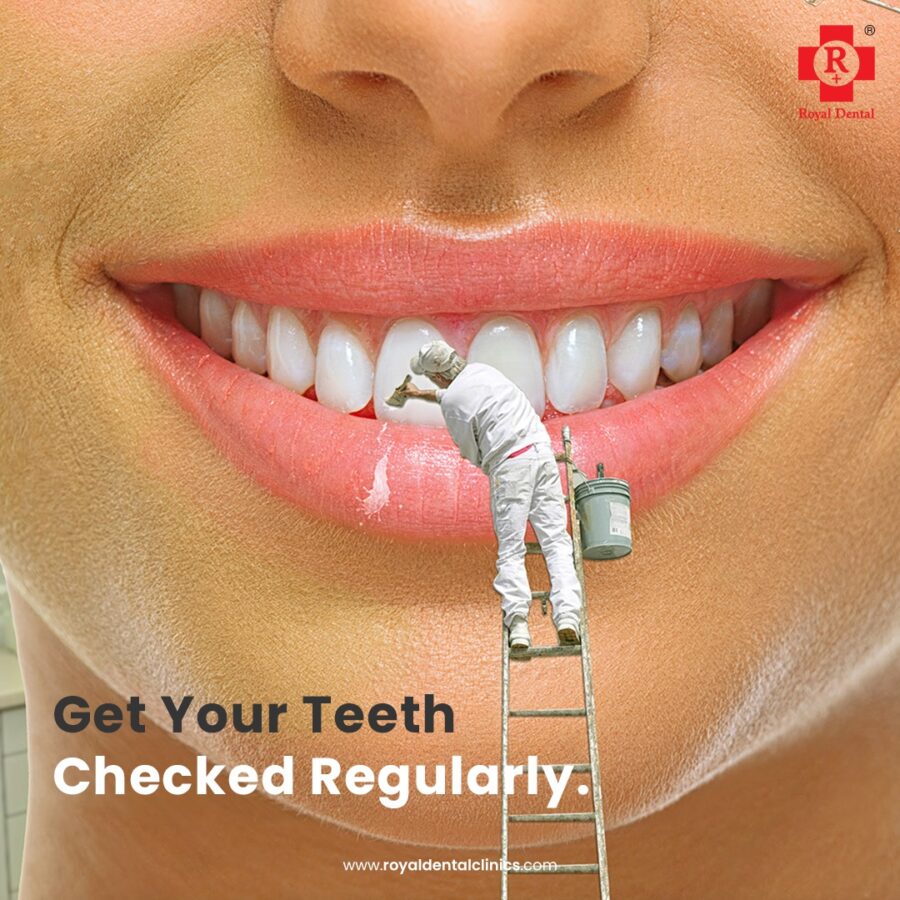
The digestive system would be hampered without adequately functioning bicuspid teeth. Chewing food fully ensures that saliva, which includes enzymes to start the digestive process, is properly combined with it. For optimal vitamin absorption and general digestive health, this phase is crucial.
Bicuspid Teeth and Orthodontic Treatment
Bicuspid often plays a big part in orthodontic therapy. It may need to be removed or repositioned as part of orthodontic therapy, depending on the particular dental condition. The removal of one or more bicuspids might provide room for the remaining teeth to align correctly in situations of severe crowding or misalignment. Premolar extraction is a technique that is often carried out during orthodontic therapy.
The bicuspid teeth, on the other hand, could need to be moved in certain orthodontic situations in order to attain the proper alignment. This may be accomplished using a variety of orthodontic procedures, such as braces or aligners, which gradually shift the teeth into their correct positions by applying moderate pressure.
Insights from Dr. Chirag Chamria
An acknowledged dental specialist, Dr. Chirag Chamria, highlights the significance of bicuspid teeth in preserving general oral health. Bicuspid teeth, according to Dr. Chamria, are sometimes overlooked in terms of their importance yet are crucial to the healthy operation of our oral cavity. Dr. Chamria has noticed that many patients prioritize their front teeth or molars above their bicuspid teeth. However, this disregard may result in a number of dental problems and jeopardize overall tooth health.
Patients are advised by Dr. Chamria to maintain good oral hygiene habits and provide their bicuspid teeth with the same amount of care. Maintaining healthy bicuspid teeth and avoiding dental issues requires regular brushing, flossing, and expert dental treatment.
Additionally, he stresses the need for early diagnosis and treatment of dental conditions, including bicuspid teeth. Regular dental examinations may aid in spotting any possible issues and can provide prompt management to avoid additional concerns. The observations of Dr. Chamria underscore the value of complete dental care and shed light on the relevance of bicuspid teeth.
Conclusion
Our dental architecture is incomplete without the bicuspid teeth, which are essential to maintaining good oral health. These sometimes disregarded teeth have important roles in digestion, vitamin absorption, and chewing and crushing food. It’s essential to practice good oral hygiene, which includes routine brushing, flossing, and expert dental treatment, to keep your bicuspid teeth healthy. Any dental problems with bicuspid teeth should be treated right away to avoid future concerns.
We have learned a lot about the design, operation, and maintenance of bicuspid teeth thanks to Dr. Chirag Chamria’s observations. We may guarantee the health and lifespan of our bicuspid teeth and contribute to overall dental well-being by comprehending the importance of these teeth, refuting prevalent myths, and adhering to practical maintenance advice.






